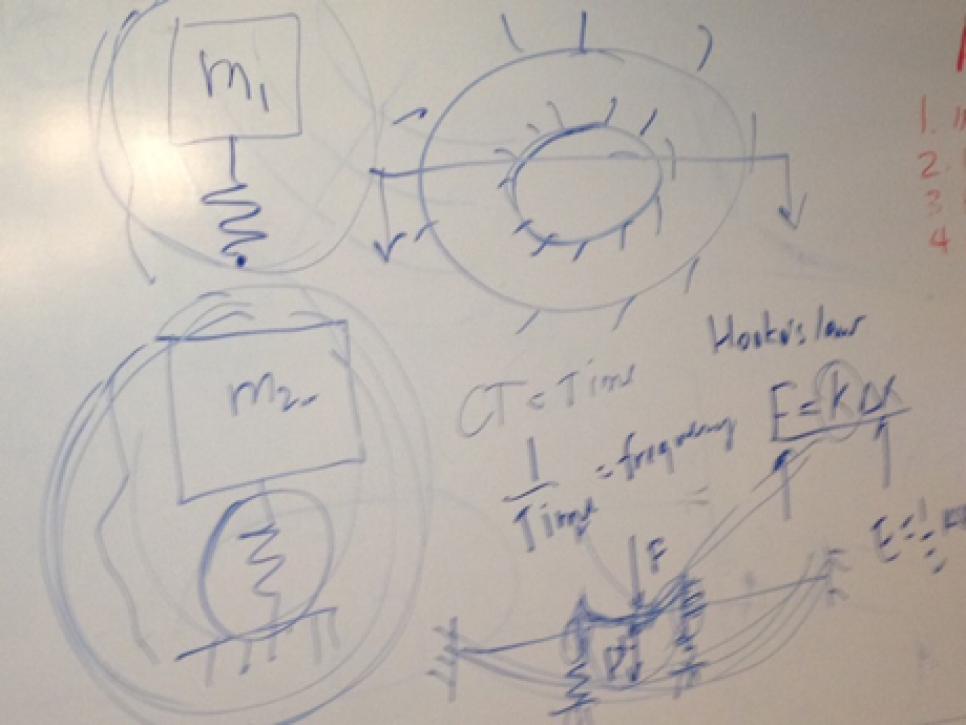News
Hot List Summit: The Scientists Speak
__By John Strege
__LITCHFIELD, Ariz.--The discussions, as they are wont to do in a roomful of scientists, veered to the esoteric, including a tutorial on Hooke's Law (F = -kx, for those interested), but they also produced these straightforward conclusions that bode well for golfers and their equipment:

--Manufacturers still have ample room to innovate, even within a space confined by USGA rules.
--The array of them doing so in a scientifically sound way is vast.
This was most evident in a discussion of drivers that began on day one of Golf Digest's annual Hot List Summit at the Wigwam Golf Resort and Spa and spilled over into day two on Monday, much of it centered on adjustability.
"Driver design is painted into a very small corner," said Dr. Martin Brouillette, professor of mechanical engineering at the University of Sherbrooke outside Montreal. "But there's still room."
Brouillette is one of six scientists who comprise the Hot List academic panel. The others include George Springer, a former professor of aeronautics and astronautics at Stanford (now retired); John McPhee, professor of systems design engineering at the University of Waterloo; David Lee, associate professor of physics at Gordon College; Thomas Lacy Jr., associate professor of aerospace engineering at Mississippi State; and John Axe, a retired physicist.
Their collective goal was to help evaluate new equipment technology to its core; hence the discussion of Hooke's Law, which loosely defined pertains to elasticity, as in a spring. Over the two days, they often sought clarification from manufacturers, their questions relayed via email. It was all part of the process we use to evaluate the category of Innovation in the Hot List, which will be part of the March 2013 issue of Golf Digest. We define Innovation as "how a technology advances the category and how that technology is explained to the public and our editors." That means a healthy review of exclusive internal documents prepared by the research departments of equipment manufacturers and pored over painstakingly by our team of scientists. Determining the exceptional innovations in golf each year is no casual task, and this is no casual crew.
At one point during a break, the six were talking among themselves and agreed that if they knew nothing about golf and equipment, but were asked to design a club, they would be moving in the same direction scientifically that the manufacturers are going.
Their banter, meanwhile, was typically lively and occasionally amusing, as it was in one instance regarding a manufacturer's explanation for how its putter is supposed to work.
"For people who putt like this it would be very good," one scientist said, "but I don't know anyone who putts like this."
This is the wisdom of our panel of scientists: They know theory, but they also are efficient in their assessments. They can be both subtle and direct in the same sentence. They make us smarter just by talking among themselves.